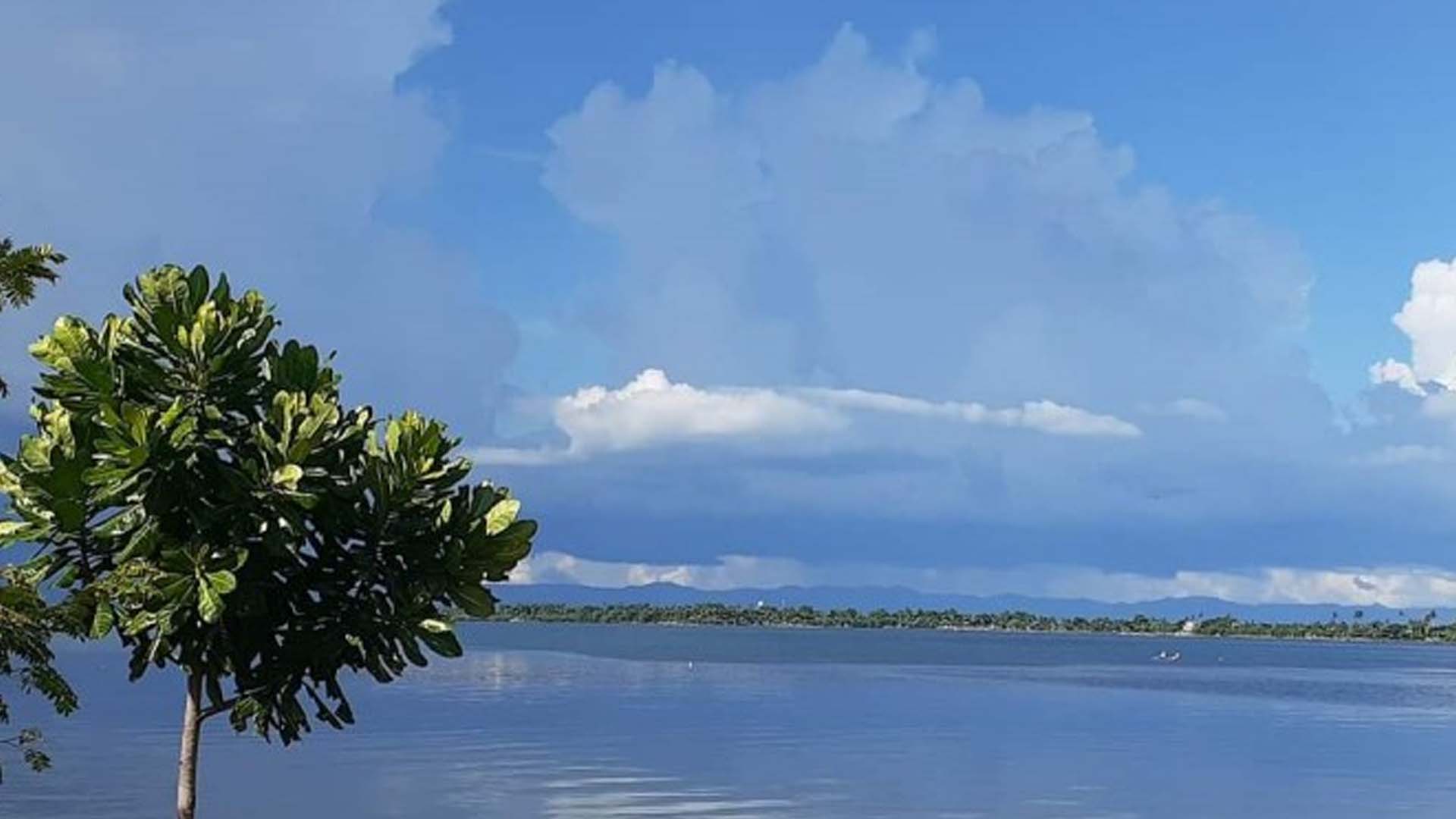After nearly five years of infestation, all bays in Eastern Visayas are now free from red tide toxins, the Bureau of Fisheries and Aquatic Resources (BFAR) reported on Tuesday.
Results of laboratory tests done on Monday night cleared seven bays from red tide organisms, paving the way for the region to become completely red tide-free.
“After almost five years of regular issuance of red tide advisories, we’re now finally red tide-free. Hopefully, we will have a longer period like this with the interplay of weather. We need this for us to have a good harvest of shellfish products,” said BFAR Eastern Visayas Regional Director Juan Albaladejo in a phone interview.
The last time the region enjoyed the red tide-free status was on June 9, 2017.
Since then until February 7, BFAR has been imposing a shellfish ban in several areas.
The last seven bays cleared from red tide on Monday night are San Pedro Bay in Basey, Samar; coastal waters of Leyte, Leyte; Carigara Bay in Capoocan, Carigara, Barugo, San Miguel, and Babatngon in Leyte; Cancabato Bay in Tacloban City; coastal waters of Guiuan, Eastern Samar; Matarinao Bay in General MacArthur, Hernani, Quinapondan, and Salcedo in Eastern Samar; and coastal waters of Biliran Island.
Since 2017, red tide regularly recurred in Matarinao Bay, Carigara Bay, and Cancabato Bay.
“Even if shellfish ban is lifted in these areas, our active surveillance will continue since we are still experiencing rains. This may cause runoff of soil sediments rich in organic load that fertilized the cyst of red tide in these bays,” Albaladejo told the Philippine News Agency (PNA).
BFAR has been regularly analyzing water samples through its regional laboratory to ensure that shellfish gathered from these areas are safe for human consumption.
If seawaters turn positive for red tide, they gather and send meat to their national laboratory for thorough analysis.
Red tide is a term used to describe a phenomenon where the water is discolored by high algal biomass or the concentration of algae. (PNA)























